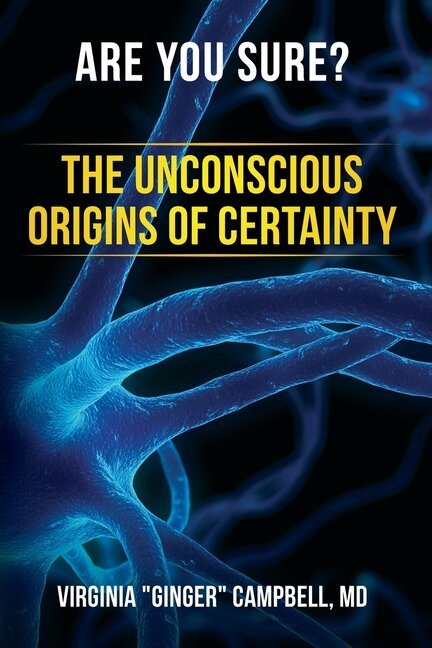The main source for this episode was the textbook, From Neuron to Brain: A Cellular and Molecular Approach to the Function of the Nervous System, Fourth Edition (2001)
Topic Outline:
2:39-11:33 Neuronal signaling-the basics of electrical and chemical signaling types of signaling-electrical and chemical introducing the synapse the importance of membrane proteins
11:55 - 13:03 A bried discussion of how the brain differs from a digital computer
13:3 3-13:50 Definition of neurotransmitters-
13:56 -22:10 How neurotransmitters interact with receptors in the synapse
-direct and indirect chemical synapses-why they are important
-neuromuscular junction-an example of a direct chemical synapse
-the importance of synaptic delay
-the role of second messengers in indirect chemical synapses
-release and recycling of neurotransmitters
22:25 -29:42 Types of Neurotransmitters and how they work-with examples
-how neuropeptides differ from low molecular weight neurotransmitters
-a little about how drugs work
29:58 - 41:54 How Neurotransmitters function in the Central Nervous System-with examples
-Glutamate is the key excitatory neurotransmitter in the brain
-an aside about Nutrasweet™ (30:33)
-glycine and GABA are inhibitatory
-acetycholine (33:32-34:34)
-discussion of Molecules of Emotion by Candace Pert (35:30-36:55)
-serotonin
-histamine
-dopamine and Parkinson's disease
42:07 - 43:36 Closing Summary











